DNA and the genome
Structure of DNA
DNA is the molecule that holds the instructions for all living things. DNA achieves this feat of storing, coding and transferring biological information though its unique structure.

Replication of DNA
DNA replication is the process by which a cell makes an identical copy of its DNA.
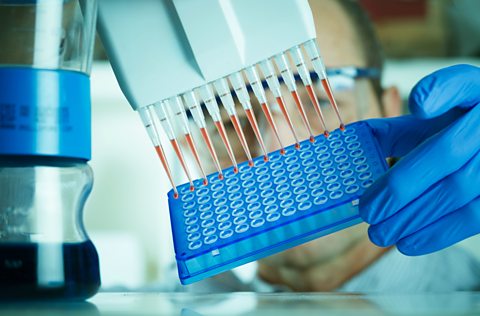
Gene expression
Only a fraction of the genes possessed by any particular cell will be expressed. Gene expression is the process by which specific genes are activated to produce a required protein.
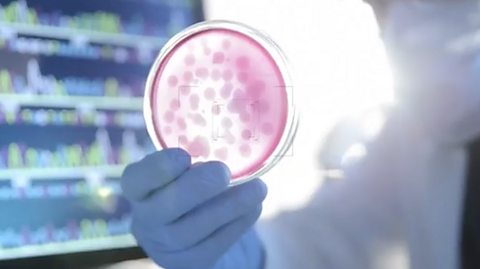
Cellular differentiation
When cells express specific genes that characterise a certain type of cell we say that a cell has become differentiated.
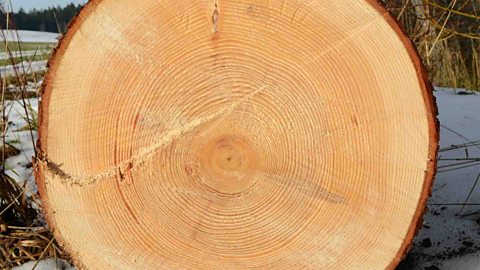
Genome and mutations
DNA replication is carefully controlled to preserve the genetic information. However, changes in the genome do sometimes occur. These changes are known as mutations.
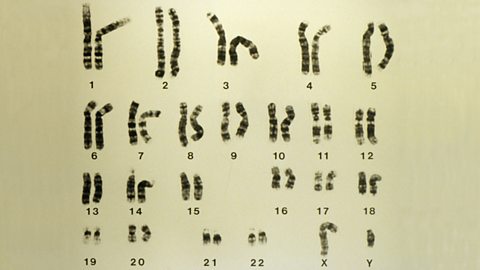
Evolution
Evolution is the process by which living things change over time, over many generations. These changes are as a result of changes to the genome (genomic variations).
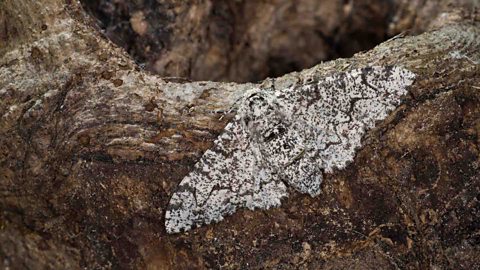
Genomic sequencing
Genomic sequencing is the process by which the sequence of nucleotide bases is determined for individual genes or even entire genomes.
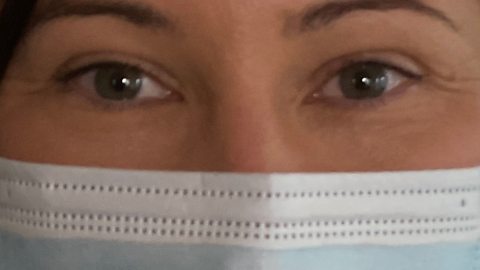
- 2 videos

Metabolism for survival
Metabolic pathways
Metabolism refers to all of the chemical reactions that take place inside living cells. Unicellular and multicellular organisms must control their metabolism in order to survive.
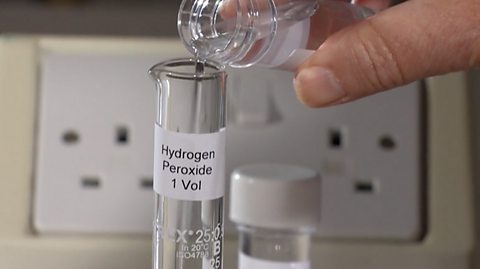
Cellular respiration
Cellular respiration refers to the breakdown of glucose and other respiratory substrates to make energy carrying molecules called ATP.
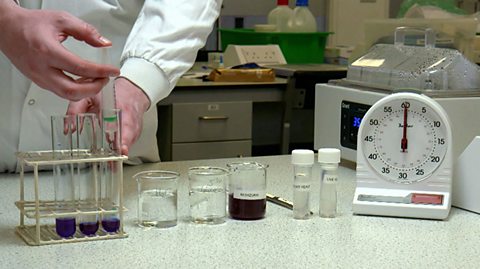
Metabolic rate
Metabolic rates can vary depending on physiological states. The circulatory system and respiratory system play a crucial role in ensuring efficient delivery of oxygen to cells around the body.
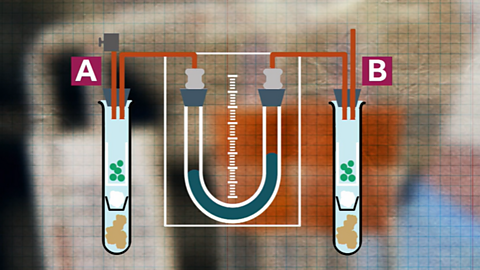
Metabolism in conformers and regulators
Conformers’ internal environment depends on the external environment. Regulators control their internal environment through their metabolism. Both must regulate their temperature to maintain optimum metabolic rate.

Metabolism and adverse conditions
Some animals can survive extreme conditions that are beyond the limits of their normal metabolic activity. Adaptations to achieve this include dormancy and migration.
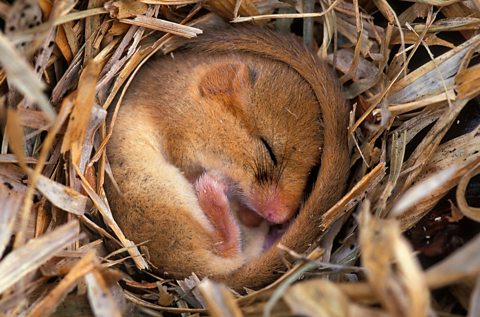
Environmental control of metabolism
Micro-organisms include prokaryotes (archaea, bacteria) as well as some species of eukaryotes. They can be grown in laboratories and require specific conditions in order to grow.
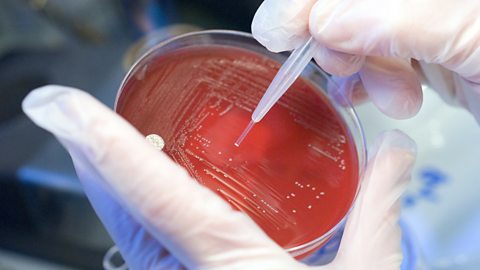
Genetic control of metabolism
The metabolism of a micro-organism can be controlled genetically and can involve mutagenesis and recombinant DNA technology.

Sustainability and interdependence
Food supply, plant growth and productivity
The human population is increasing and this increases demand for food. Farmers can alter genes, control pests and ensure acceptable well-being to increase yields of plants and livestock.
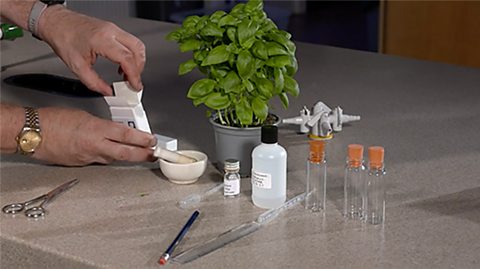
Plant and animal breeding
Scientists and farmers use selective breeding to improve the characteristics of plants and animals. This includes genetic sequencing - a process which allows scientists to determine the precise sequence of DNA nucleotides for a living organism.
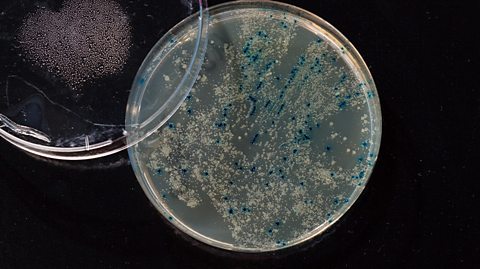
Crop protection
Farmers need to protect their crops against damage caused by weeds, pests and disease. To do this, they use cultural and chemical control methods. However, there are disadvantages to consider for each of these methods.

Animal welfare
Animal welfare refers to the wellbeing of an animal. Farmers need to consider the costs, benefits and ethics of animal welfare and the indicators of poor welfare.
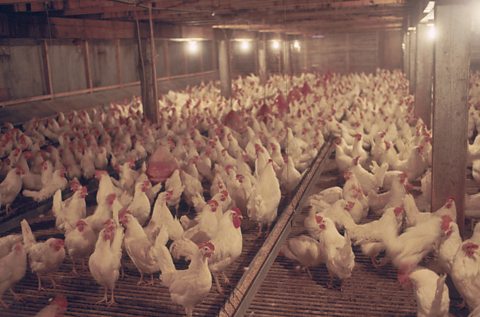
Symbiosis
Many organisms live with others and depend on each other for survival. For example organisms can have symbiotic relationships.
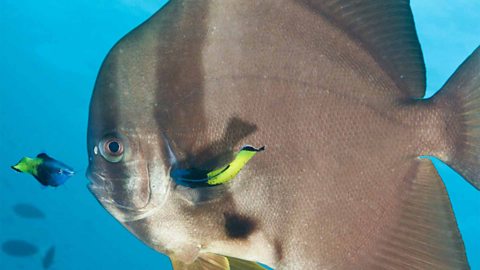
Social behaviour
Many organisms live with others and depend on each other for survival. For example many animals live in social groups.
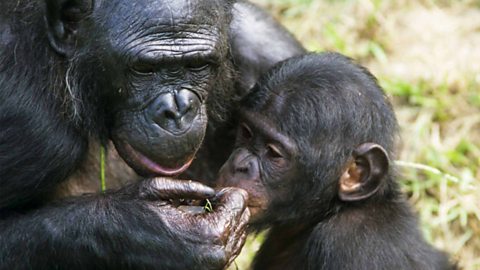
Biodiversity
Biodiversity is the total variation between all living things and can be measured to help identify species that need to be supported. Threats to biodiversity have adverse effects on the ecosystem.

Exam and assignment
Exam skills
The Higher Biology exam is made up of two papers - one multiple choice and one extended response.

Assignment
For the Higher Biology assignment you need to carry out experiments and research the internet or other sources on a relevant biology topic. This research should be written up in a report with key aims, measurements and a conclusion.

Links
- External linkExternal link
- External linkExternal link
- External linkExternal link
- External linkExternal link